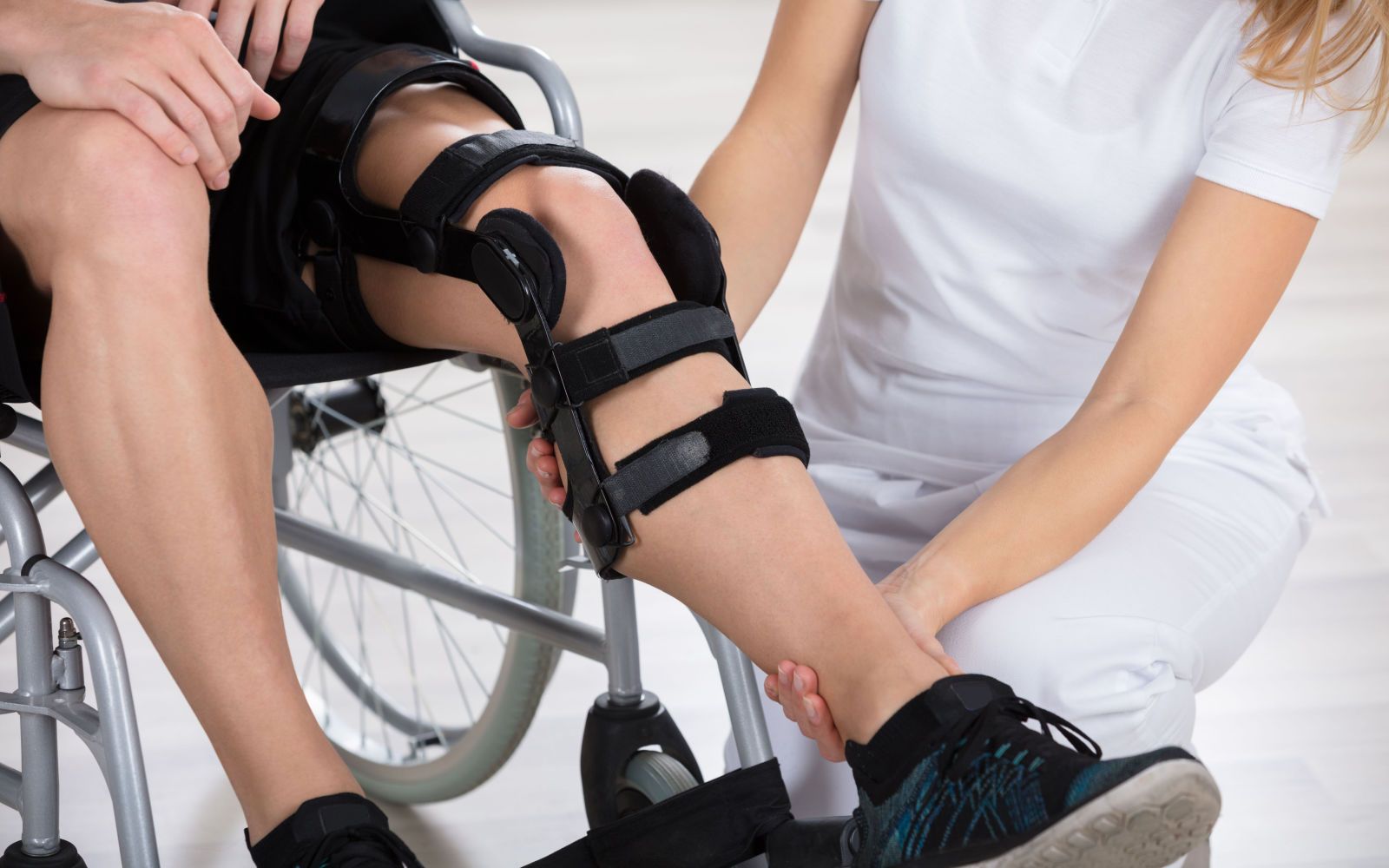Effective Approaches for Reducing Dyspnea in Physiotherapeutic Rehabilitation Sessions
Effective Approaches for Reducing Dyspnea in Physiotherapeutic Rehabilitation Sessions
Blog Article
Dyspnea, or trouble breathing, is a frequent concern that many individuals face, especially those with chronic lung conditions, heart issues, or other medical concerns. In physical therapy appointments, addressing dyspnea is essential for helping patients improve their overall quality of life. By employing specific methods and strategies, physical therapists can help patients in managing their breathing difficulties. Understanding these efficient approaches can enable both therapists and patients to collaborate together more effectively in addressing obstacles related to dyspnea.
One of the main techniques used to reduce dyspnea in physical therapy is the application of controlled breathing activities. These activities often concentrate on diaphragmatic breathing, which encourages patients to use their breathing muscle rather than their upper thoracic muscles when breathing in. This approach helps to increase lung volume and efficiency. Additionally, pursed-lip breathing is another approach that can be beneficial. This method involves inhaling through the nose and breathing out slowly through pursed lips, which can assist to keep airways open longer and render breathing feel easier. By incorporating these exercises into therapy appointments, physical therapists can provide patients with tools to control their breathing difficulties both during and outside of their appointments.
Another crucial aspect of controlling breathing difficulties in physical therapy is the development of an personalized exercise program. Tailoring exercises to satisfy the individual needs and abilities of each patient is essential. Therapists should slowly introduce aerobic activities, such as ambulating or cycling, in a controlled manner, allowing patients to build their endurance over time. This incremental approach helps patients to feel more comfortable with fitness activity while simultaneously improving their lung capability and overall stamina. It is important more for therapists to observe patients closely during these exercises to make sure they are not overworking themselves, which could lead to increased difficulty of breath.
Teaching also plays a significant role in alleviating breathing difficulties during physical therapy appointments. Providing patients with information about their ailment and the factors behind dyspnea can empower them to take charge of their health. Therapists can describe how elements like anxiety, posture, and surrounding conditions can affect breathing. By understanding these ideas, patients can learn to manage their issues more efficiently. Techniques such as stress reduction strategies and proper body posture can additionally assist in minimizing the effects of breathing difficulties during daily activities and therapy sessions.
In conclusion, successfully alleviating breathing difficulties in physical therapy appointments involves a mix of breathing exercises, individualized exercise regimens, and patient education. By implementing these efficient approaches, physical therapists can help patients control their breathing difficulties and improve their overall health. Collaboration between therapists and patients is crucial to create tailored interventions that meet individual needs. With the right support and methods, patients can find comfort from dyspnea and participate more fully in their physical therapy journey, eventually leading to a better quality of life.